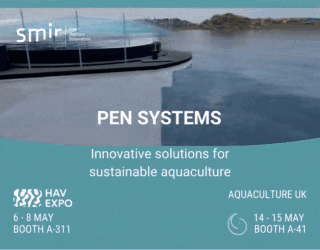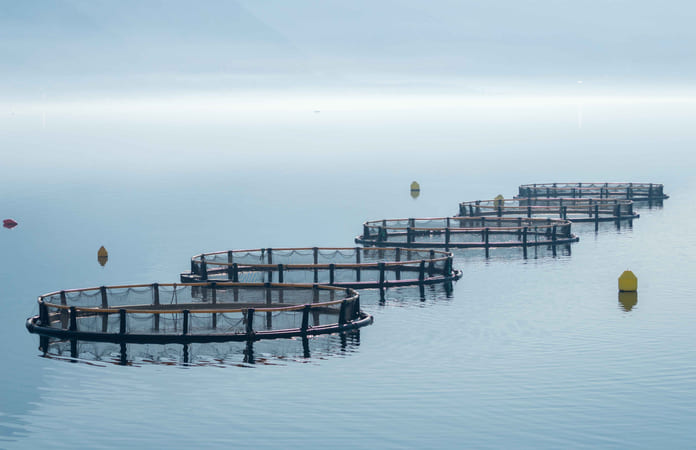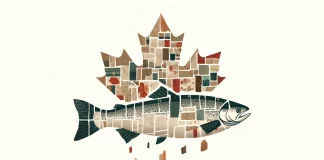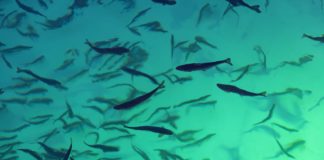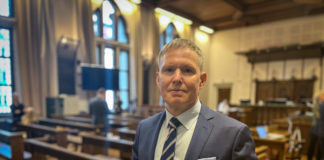It is hoped this new model will help inform decisions on future farm locations and the development of existing farms – enhancing the salmon sector’s overall sustainability.
A consortium of organisations, including the Sustainable Aquaculture Innovation Centre (SAIC), and the University of Dundee are exploring how the model used to understand the interaction between fish farms and the seabed beneath them – known as NewDEPOMOD – can better reflect the physical and ecological conditions in different parts of Scotland.
According to a press release issued on behalf of the consortium, the team are conducting a series of tests at their state-of-the-art laboratory facilities, on which researchers will mimic the hydrodynamic conditions and sediment bed characteristics in different types of waters in Scotland.
They will then model the settling, deposition, and resuspension of waste matter from fish farms to see how they will react within these environments, be they sheltered sea lochs or more exposed coastal waters with rocky, sandy, or muddy seabeds.
Better predictions
Alan Cuthbertson, senior lecturer in environmental fluid mechanics at the University of Dundee said, “We’re looking to help create a model that will deliver better predictions about the dispersal and settling patterns of waste materials from fish farms. We want everyone involved to have maximum confidence in the models used to locate fish farms and predict their environmental impact, minimise impact on the seabed, and ensure the sector is as sustainable as possible.”
Cuthbertson continued, “In the coming months, we will use our labs to verify the settling and resuspension rates of waste materials and test a range of different scenarios that better reflect conditions in Scotland’s coastal waters and apply these to NewDEPOMOD.”
It is hoped these trials will improve the quality of information and the accuracy of the predictions used to determine the best locations for salmon farms in Scottish waters.
While NewDEPOMOD is successfully used by the aquaculture sector globally, its effectiveness is enhanced where specific research and data are available for factors such as location, hydrography, and local species. Through this collaborative project, the software will be further developed to improve these parameters in a Scottish context.
Defining the parameters
Helena Reinardy, teaching fellow and researcher at SAMS, said: “The first phase of this project set the foundations for defining the parameters that inform decisions about fish farms locations, and this next phase will progress that even further with the addition of the University of Dundee.”
“Ultimately, we want to create an interface between the sector and regulators that is not only useful for them both, but informed by the best science available too.”
In addition, the project will provide the salmon producing sector with training on, and guidelines for, working with the new models, as well as an enhanced software package and user interface for individuals using NewDEPOMOD. The consortium will also organise a series of workshops to facilitate communication between the sector and regulators.

